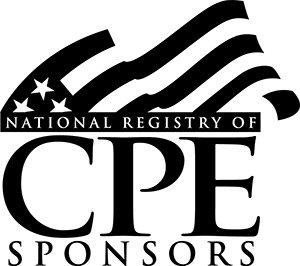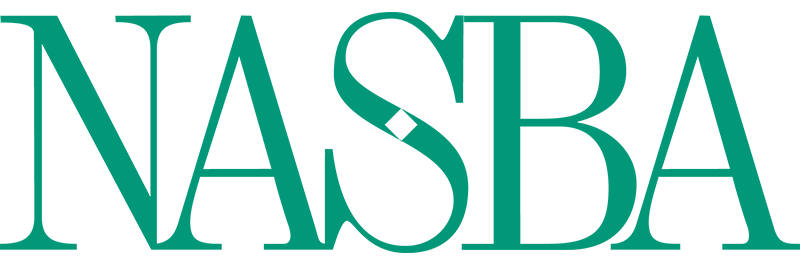What Sponsors Need to Know
I RECEIVED A REQUEST FOR MODIFICATION REGARDING THE NON-COMPLIANCE OF THE COURSE LEARNING OBJECTIVES. HOW CAN I WRITE COMPLIANT LEARNING OBJECTIVES?
The Standards state specifically that learning activities “must be based on relevant learning objectives and outcomes that clearly articulate the knowledge, skills, and abilities that can be achieved by participants in the learning activities.”
CPE program sponsors are required to provide learning objectives in the learning materials and promotional materials for the learner. This aids the learner in not only ensuring that the course content will provide the appropriate level of knowledge he is looking to obtain, but also the specific skill or ability with which he will walk away. The learning process is dependent directly upon properly developed learning objectives. To create strong learning objectives that will inform the learner of their intended outcome, utilize the acronym SMART. SMART learning objectives are specific, measurable, attainable, relevant, and targeted toward the learner.
Specific
The learning objective must focus on the specific skills, knowledge, and abilities that the student will be able to demonstrate at the end of the learning activity. Here is an example of a non-specific learning objective: “At the conclusion of this course the learner will understand fair value accounting.” This objective does not tell the learner what they will actually know or be able to accomplish regarding fair value accounting. Here’s a better version: “At the conclusion of this course, the learner will be able to list the three level hierarchy involved in estimating fair values.” This objective is specific. It identifies exactly what part of fair value accounting will be learned and the specific outcome that the learner will be able to demonstrate at the conclusion of the course.
Measurable
A learning objective must be specific enough to be measured. Using the specific example above, “the learner will list the three level hierarchy involved in estimating fair values at the end of the course,” the key behavior is defined by the verb list. To test this objective in a multiple-choice final exam would be difficult, if not impossible. To indicate a behavior that could be tested in a multiple-choice final exam, the objective could use the verb “identify” or “indicate” rather than “list.” Ensure that the verb that is chosen to determine action in the objective could actually be assessed in the method of assessment utilized within the program.
Attainable
The learning objective must be able to be mastered and measured in the time provided by the program. A learning objective that is too general would not necessarily be attainable in a given program. Ensure that the objective is attainable in respect to all restraints of timing, setting, and given materials of the program.
Relevant
When creating a learning objective, be sure that it is relevant to the perspective of the audience. Would a licensed CPA need to memorize basic accounting principles? No, basic accounting principles is knowledge that the CPA would already have acquired in order to become licensed.
Targeted
Learning objectives must be targeted to the student considering factors such as age, previous education, and previous experiences. What is important and relevant to your learners? Ensure that your objectives and course content are written with the learners in mind.
All National Registry Sponsors are required to base learning materials on relevant learning objectives that articulate the knowledge, skills, and abilities that can be achieved by participants. Make your objectives SMART and reach out to the Registry team if you have any questions!

